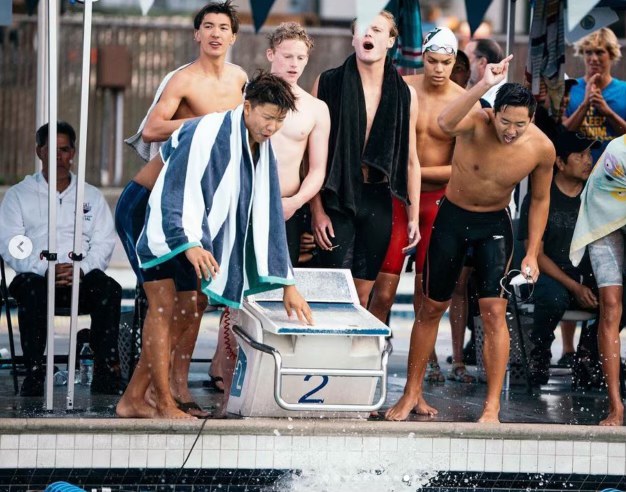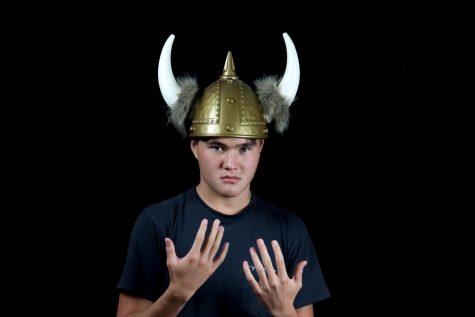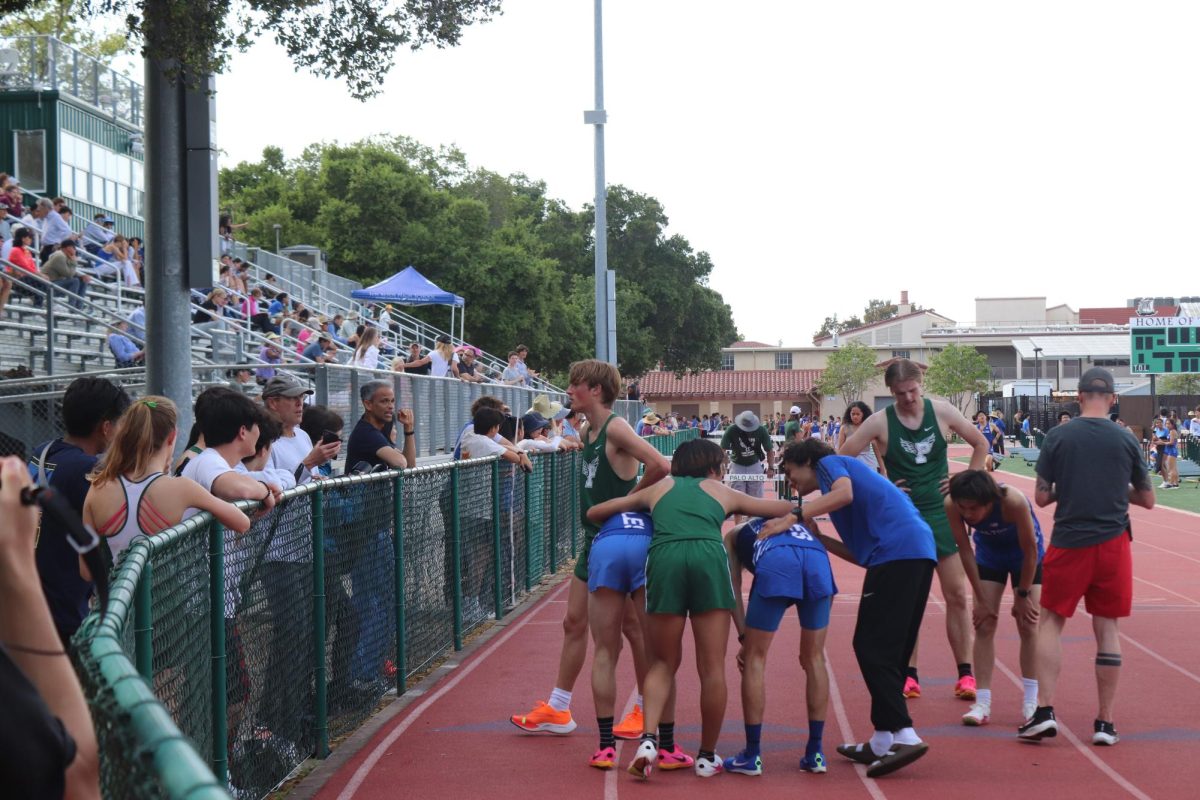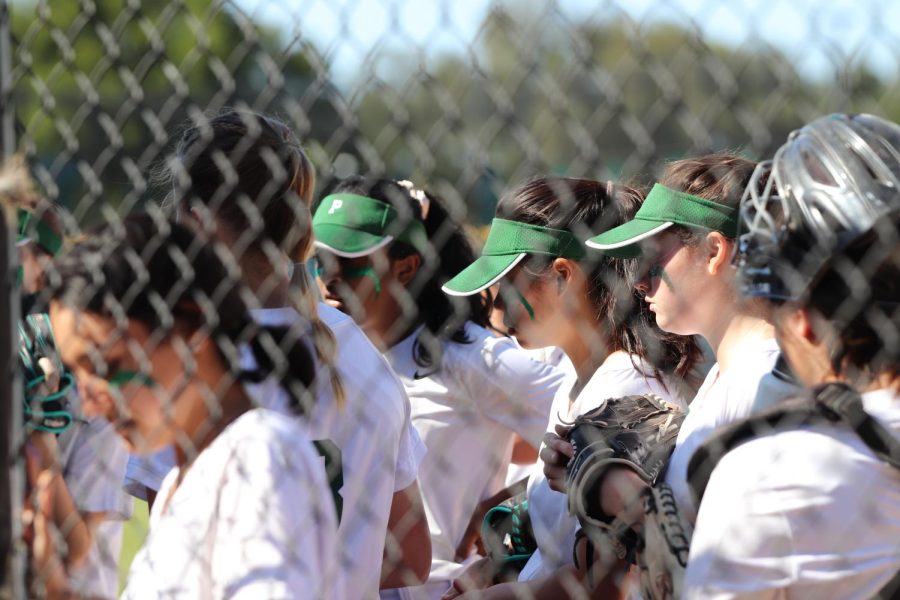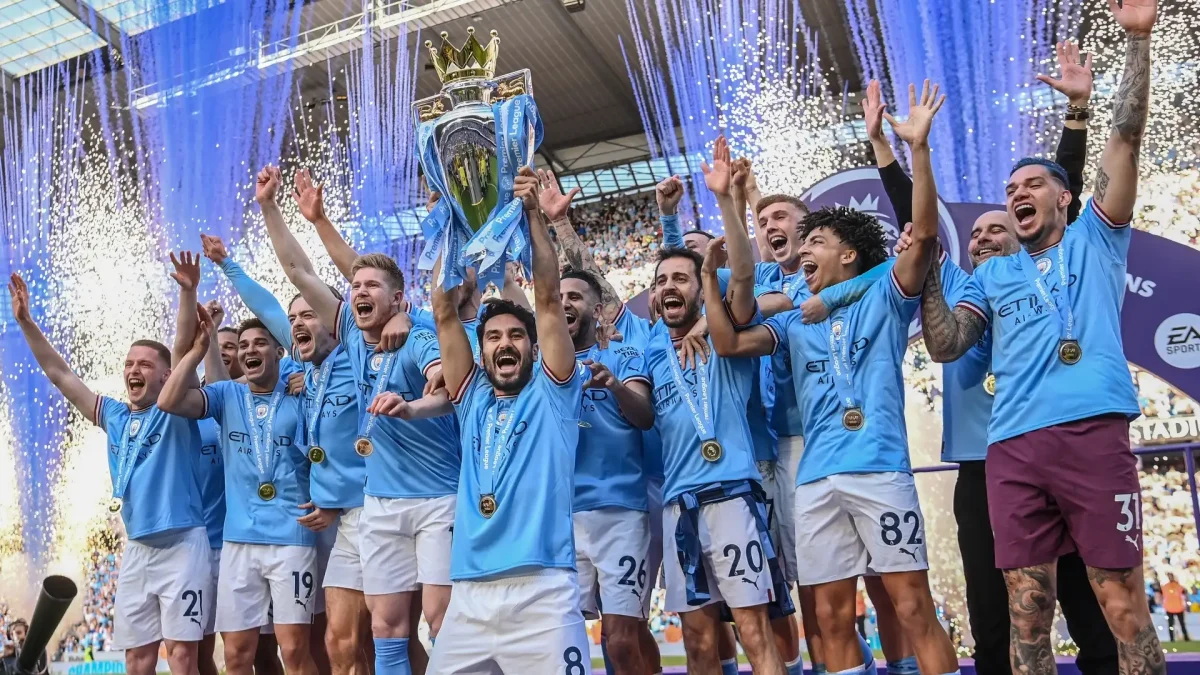The CCS Dilemma: How Strict is Too Strict?
December 19, 2022
Paly athletes, and most high school athletes in general, participate in club sports along with their high school counterparts. This gives them two unique opportunities to improve and play at a high level. Both are fun and competitive, but they have some drastic differences.
The differences provide advantages for both. From what I have observed and experienced, club sports oftentimes offer a higher level of intensity and competition, but require a greater commitment. This commitment includes, but is not limited to, longer and more frequent practices, extended team travel, and multi-day tournaments. On the other hand, high school sports tend to offer competition of a different intensity. As opposed to the ultra pressurized events of club sports, high-school sports provide the competitive intensity of racing or playing for one’s school. From an outside perspective, if athletes can participate in both, they get a seamless blend of both types of competition.
Central Coast Section (CCS), is Paly’s sports division within the California Interscholastic Federation (CIF). Unfortunately, CCS currently has a rule where student-athletes are not allowed to compete for their club team during the high school season. Some supporters of this argue that participating in both will overwork the athlete, and add unfair coaching advantage for club athletes –– creating inequity ––, and lessen the interconnectedness of the high school team. As a swimmer, I have experienced this first-hand. In order for high school swimmers to compete in high school meets, the swimmers must race as “unattached” at club meets, meaning their times cannot count toward their clubs. If this rule is broken, athletes can be disqualified from CCS competition. This affects the high-school coach because athletes may be less likely to participate in high-school sports because of this. It also affects club coaches: their athletes cannot compete or practice. I hear from my club coaches and teammates that their practices are basically a ghost town during the spring season. Great.
In addition to the baseline struggle of determining when the high school season starts and club season ends, as well as putting athletes in the middle, these regulations hurt the athletes in other ways. Club practices are oftentimes the practices where athletes improve the most. For example, an AAU basketball player may have a much higher level of training at their AAU practices than they would at their high school practices, because the coach to athlete ratio is higher. As a Paly swimmer, I am fortunate to not worry about the training and coaching level; Paly swimming is one of the most competitive teams in the nation. However, other athletes may worry about this.
What can we do to fix these problems? I think we should get rid of the rule or at least modify it to be less harsh. Unattaching then reattaching for meets, as well as having to juggle club and high-school coach’s goals is often challenging. Additionally, although I love spending time with my Paly teammates, it does make me sad to become separated from my club during those months. CCS needs to rethink their rules and adapt them to the contemporary era. They need to change the regulation so they best benefit the athlete. They need to shift the guidelines so that athletes can compete simultaneously in club and high school sports



